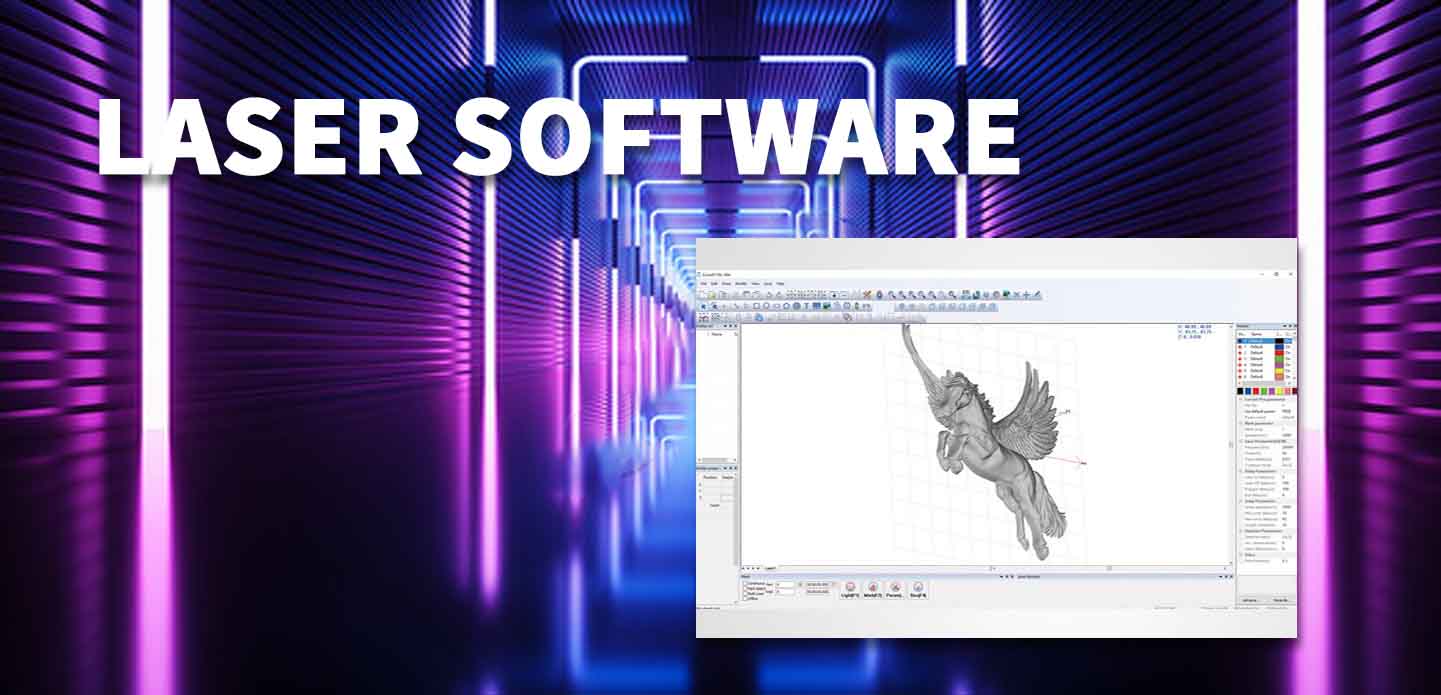In recent years, CO2 laser technology has emerged as a cornerstone for precision cutting, engraving, and marking across various industries, from manufacturing to craft. The software that drives these machines plays a crucial role in determining the quality, efficiency, and versatility of operations. Understanding CO2 laser software and its applications can significantly enhance operational capability and broaden creative horizons, paving the way for innovative solutions and improved productivity.
CO2 lasers are known for their ability to cut through a wide range of materials, including wood, acrylic, glass, leather, and more. The effectiveness of these lasers is heavily reliant on the software used to control them, which dictates everything from the speed of cutting to the intensity of the laser beam. Quality CO2 laser software provides operators with tools to create intricate designs, optimize cutting paths, and achieve high levels of precision, which are essential for both industrial and artistic purposes.
One of the standout features of CO2 laser software is its design compatibility. Most software applications support common design formats like DXF, SVG, and AI, making it easy for users to import their designs from popular graphic design software. This interoperability allows artists and engineers to utilize their preferred tools without hassle. Many CO2 laser software options also come with integrated design features, enabling users to create and edit designs directly within the application before sending them to the laser cutter.
Another compelling advantage of advanced CO2 laser software is the ability to fine-tune machine settings. Parameters such as power, speed, frequency, and resolution can be adjusted to suit specific materials and desired outcomes. For example, thicker materials may require higher power and slower speeds to achieve a clean cut, while intricate engravings might benefit from a reduced speed and moderate power to ensure precision detailing. The ability to alter these settings not only enhances the quality of the finished product but also extends the lifespan of the laser equipment by minimizing wear and tear.
In addition to customization features, many CO2 laser software programs include a library of pre-set configurations for common materials. This resource can save users time, helping them quickly set up jobs without needing extensive knowledge about the specific material properties. Additionally, this feature is particularly beneficial for those new to laser cutting, allowing them to achieve satisfactory results without extensive experimentation.
User-friendly interfaces are another hallmark of quality CO2 laser software. Intuitive layouts and clear navigation empower users to operate the system efficiently, regardless of their technical expertise. Many applications incorporate step-by-step instructions and quick access to tools, making it easier for users to manage complex design files and laser operations. Furthermore, tutorials and support forums available through these platforms are invaluable resources for troubleshooting and enhancing user skills.
As industries increasingly adopt automation, the integration of CO2 laser software with other systems such as computer-aided design (CAD) and enterprise resource planning (ERP) has become more prevalent. This synergy can streamline workflows, ensuring that design files are automatically sent to the laser cutter and that production schedules are efficiently managed. By leveraging smart technologies, businesses can reduce lead times, minimize errors, and optimize resource allocation.
Safety, of course, remains paramount when working with lasers. Quality CO2 laser software includes safety features like auto shut-off capabilities and real-time monitoring of cutting progress. These measures help prevent accidents and equipment damage, reassuring operators that they can work safely, even with complex setups.
In conclusion, CO2 laser software is integral to harnessing the full potential of CO2 laser technology. By enabling precise control over cutting and engraving processes, providing user-friendly interfaces, and facilitating seamless integration with other systems, this software empowers businesses and creators to push the boundaries of precision manufacturing and artistry. Whether one operates in industrial settings or crafts stunning designs in their workshop, mastering CO2 laser software is a vital step toward operational excellence and creative innovation. The evolution of CO2 laser technology, paired with robust software solutions, continues to reshape industries, opening doors to limitless possibilities.
由投稿用户稿件整理发布,不代表本站观点及立场,更多交流学习之用,如涉及版权等问题,请随时联系我们(yangmei@bjjcz.com),我们将在第一时间给予处理。






